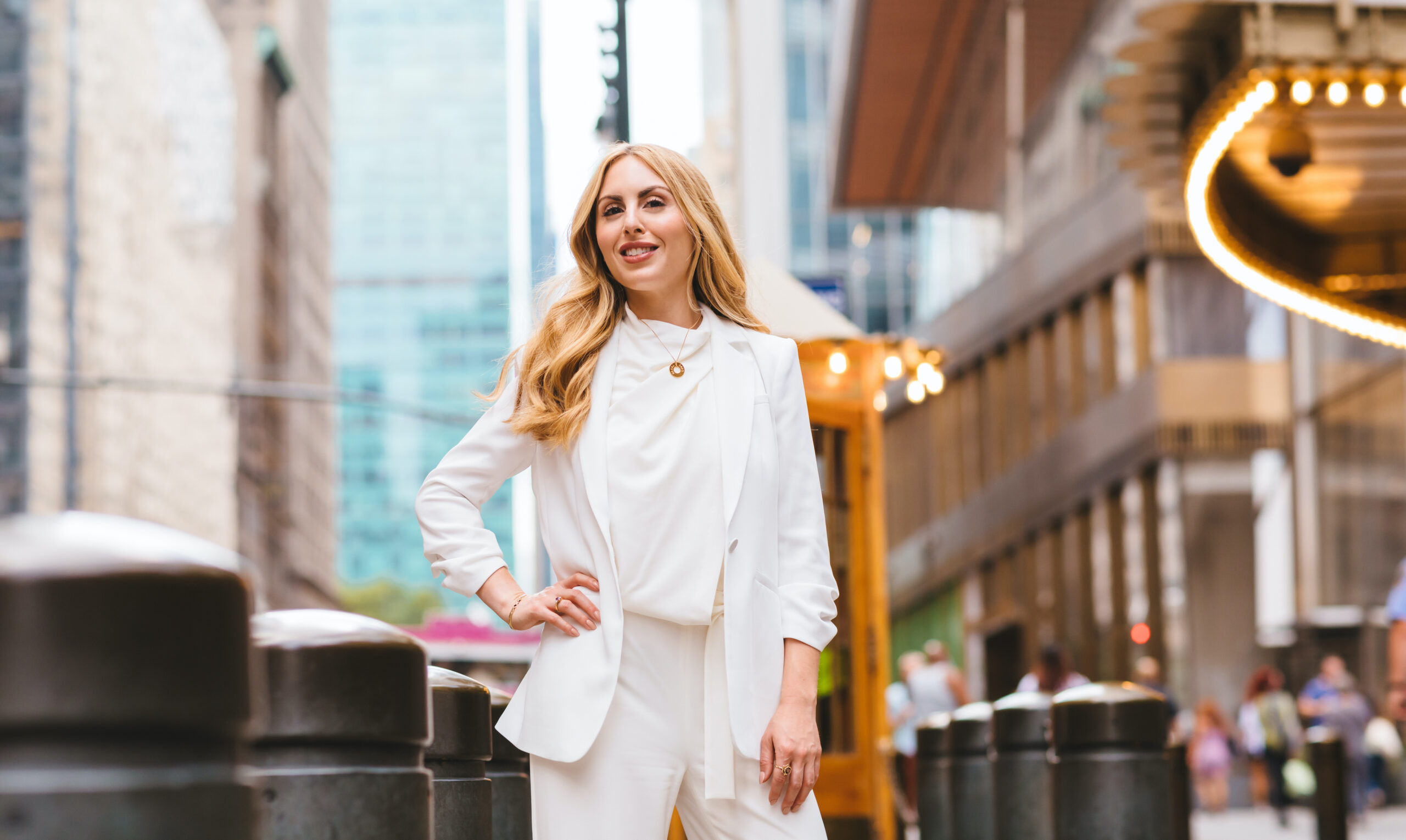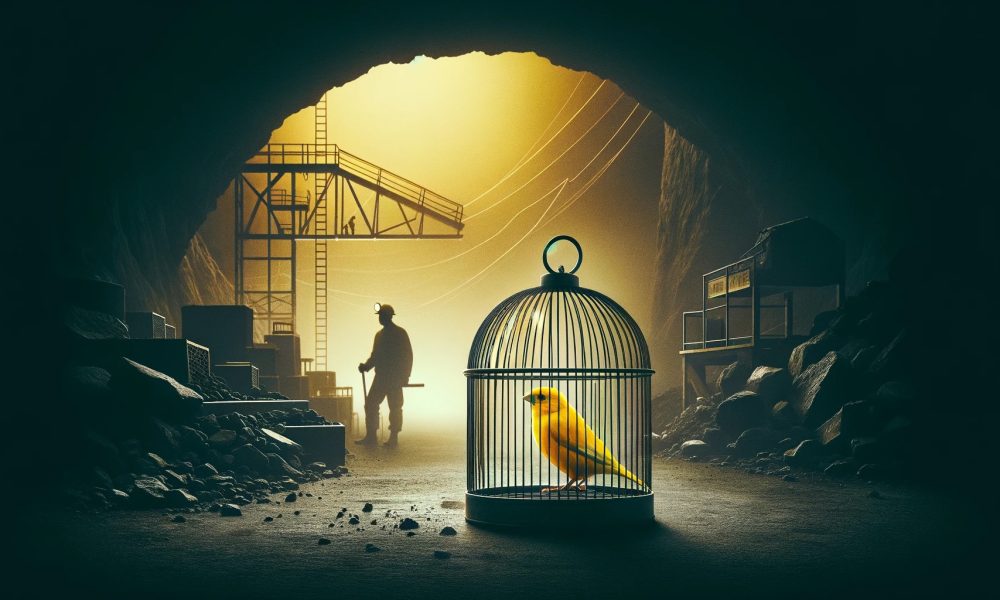When choosing where to seek work and where to stay long-term, today's workforce desires opportunities for personal growth and professional development.
Conscious professionals want to feel connected to a mission that matters, and many expect their companies to promote their higher order needs of connection and contribution.
Progressive leaders are responding: In Deloitte’s 2021’s Global Human Culture Trends, the top factor executives identified in transforming work is organizational culture. Culture has a powerful influence on both recruitment and retention, and leaders are getting super creative in their people and culture strategies.
How Company Culture Develops
Before we can consider the 3 steps to transform organizational culture, let’s start with a basic understanding of organizational culture and how it develops.
In Harvard Business Review’s 2013 article, “What is organizational culture? And Why Should We Care?”, author Michael D. Watkins synthesizes a bottom-up collection of Linkedin respondents to define organizational culture.
One respondent Richard Perrin reflects my own sentiments on interconnectivity, describing organizational culture as “the sum of values and rituals which serve as ‘glue’ to integrate the members of the organization.”

Who we are informs the way we work: our habits and actions on an individual level shape our work environments at large.
We as human beings bring our unique values and belief systems to our everyday workplaces, creating and reinforcing organizational culture. Over time, an organization’s accepted ways of being become the cultural norms. We can call this sociological principle entrainment: when people adopt and adapt to one another’s default ways of being and doing.
Here’s an example that many can relate to:
You walk into a workplace on your first day of work and learn from simply observing the people at work what your new company values. Is it productivity? collaboration? communication?
Similarly, observing human behavior paints a picture of the cultural rituals. Expressions like “we’re heads down”, “we’re hard at work,” “we’re a synergistic team”, “we’re co-working” have become common language to describe the normalized behaviors happening within a 21st century workplace.
Whether or not you're conscious to the ways organizational culture develops, culture is always being created and reinforced, from the bottom up, and from the top down.
It’s only when we stop to assess our values and rituals, both personally and collectively, that we as a progressive workforce can construct a higher standard of organizational culture at scale.
3 Steps You Can Take Today
In considering the steps you can take to develop organizational culture, your company’s values and rituals are at the foundation of your organizational culture.
Here are 3 steps you can take today to initiate culture transformation.

1. Clarify what matters to the people at your company.
You can do this through collaborative conversations, feedback forms, 1:1 interviews. The questions that get to the core of an individual’s value system: “Why did you decide to work here? Why do you choose to still work here? Why do you wish to continue working here?”
2. Put your values and principles into practice.
Once you have values reflected from the bottom-up, you can consider what these values look like in everyday practice. A fun practice is to personify your company culture. If each value were a leader, how would this leader show up to work? How would they interact with their peers? What principles would this breathing value live by? These principles will help to inform policy, programs, and best practices.
3. Operationalize values and principles through rituals.
Begin operationalizing values and principles through rituals: top-down initiatives for people to express and experience these values and principles. Special Projects are a great way to spearhead a culture initiative, as they direct your human resources to use their unique talents for the benefit of a great mission. People come together for the purpose of connection and contribution, which taps into new levels of energy and inspiration.
Organizational culture isn’t created overnight. It’s often the byproduct of systemized and institutionalized practices that are deeply embedded in the fabric of a workplace.
Transforming your company culture requires an openness to come together, as a fully represented team that includes your leaders, frontline employees, and valued stakeholders.
At Higher Playbook, we’re here to help your team initiate the culture shifts, by bringing people together for shared experiences, one project at a time.











